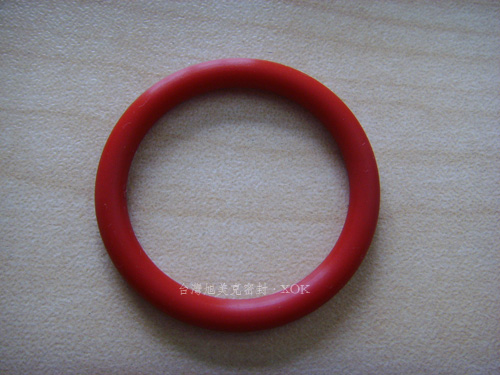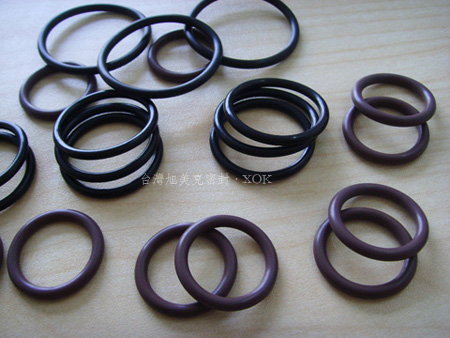I. Packaging of imported O-rings
1. Packaging preparation
(1) In principle, O-rings of the same batch and specifications should be installed in a packaging container.
(2) The qualified O-ring shall be clean and shall not be contaminated by pollution, dust, oil or grease. No more preservatives should be applied on O-rings, no sharp objects such as metal chips should be allowed to damage products, and no binding or labeling should be carried out on any part of O-rings.
2. Label of O-rings
(1) The label of O-ring shall conform to the contents of the label or the relevant standards. Detailed rules for export products and special products may be formulated separately by both suppliers and consumers.
(2) As the label of O-rings, the specifications, materials, hardness, color, quantity and date of O-rings will be noted on the label. If the O-rings are specially custom-made, special places should be indicated on the label.
3. Transportation of O-rings
Owing to the popularity of express delivery, all O-rings produced by our company are transported by express delivery. In the course of transportation, O-rings should be prevented from being exposed to direct sunlight and wetted by rain and snow. Contact with substances harmful to the quality of O-rings such as oils, lubricants, acids and alkalis should be strictly prohibited. Of course, during loading, unloading and transshipment, proper storage should be carried out, and stacking containers should be avoided. Overweight damages the containers and O-rings in them.
4. Cleaning of O-ring
When O-ring needs cleaning, it can be washed with water and ZTE detergent, and then dried at room temperature. However, it is forbidden to use abrasives and solvents such as ethyl triterrestrial, carbon tetrachloride and hydrocarbons to clean O-ring.
5. Inventory Cycle
In order to ensure the performance of O-ring, we will ensure that O-ring stays in the warehouse as short as possible, and let O-ring enter and exit the warehouse in a circular way, so that the products left in the warehouse are always products manufactured or delivered in the near future.
2. Measurement of the original sample size of O-ring (see GB/T3672.1)
1. Dimensions less than 30 mm
This method is suitable for measuring the size below 30mm. The sample is placed between two parallel planes. It is also suitable for measuring other dimensions that exert pressure without causing any obvious deformation. The equipment consists of a flat and rigid base platform for placing samples or seals and a flat and circular foot with a diameter of 2 mm to 10 mm, which can apply specified pressure on the samples or seals. The error of thickness measurement by this instrument should be less than 1% or 0.01 mm, or less.
The circular foot should not exceed the edge of the sample or product. Pressure of 22 kPa (+5 kPa) was applied to solid rubber with hardness equal to or greater than 35 IRHD, and pressure of 10 kPa (+5 kPa) was applied to rubber with hardness less than 35 IRHD. Under different diameters, the foot pressure produces 22 kPa (+5 kPa) and 10 kPa (+5 kPa) required force. At least three measurements should be obtained for each measurement size, and the median of three measurements should be taken as the result.
2. Used in 30mm~100mm (including 100mm) size
The measurement is based on a right caliper with an error of less than 1%. Measure the dimensions perpendicular to the relative surface of the sample or product. Fixed the sample or product, so that the measurement size is not affected by the deformation of the sample or product. Adjust the caliper so that the surface of the sample or product can be measured and contacted without compression.
3. Dimensions over 100 mm
Measure with a ruler or tape with an error not exceeding 1 mm. Measure the dimensions perpendicular to the relative surface of the sample or product. At least three measurements should be obtained for each side size, and the median of the three measurements should be taken as the result.
4. Non-contact method
This non-contact measurement is especially suitable for specimens or products with special shapes (e.g. O-rings or specimens taken from rubber tubes). Various types of optical devices can be used, such as mobile microscopes, projection microscopes or X-ray cameras. The error of thickness measurement of these instruments should be less than 1% or 0.01 mm, or less. At least three measurements should be obtained for each measurement size, and the median of the three measurements should be taken as the result.





